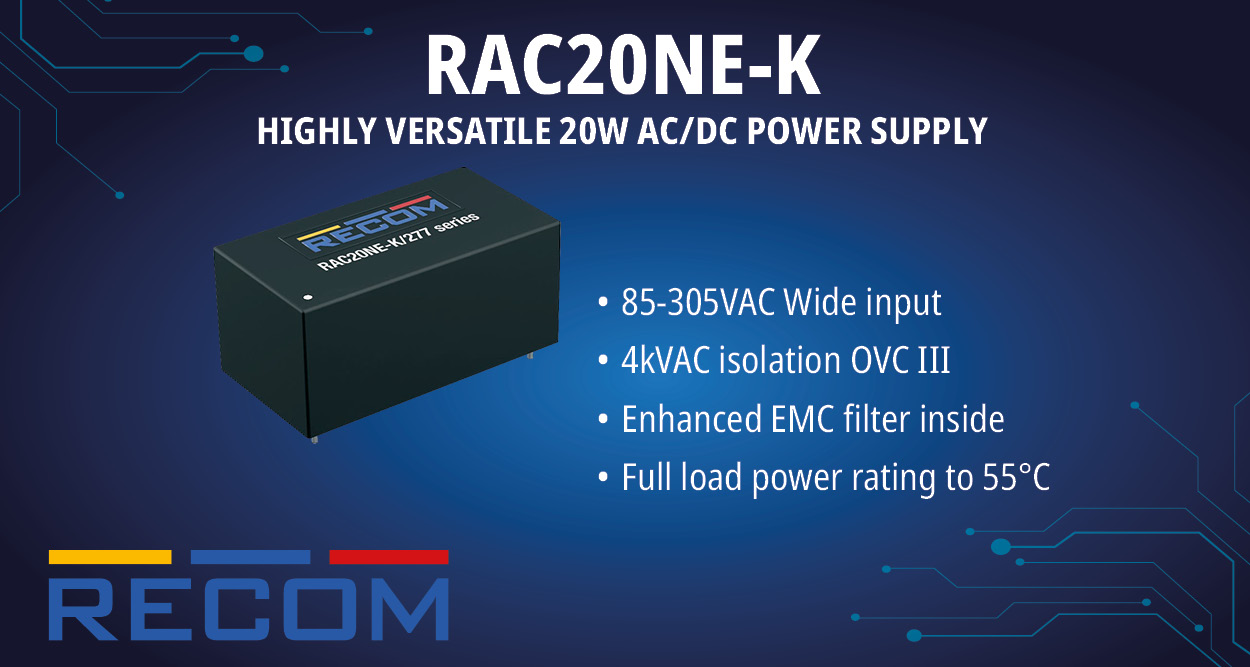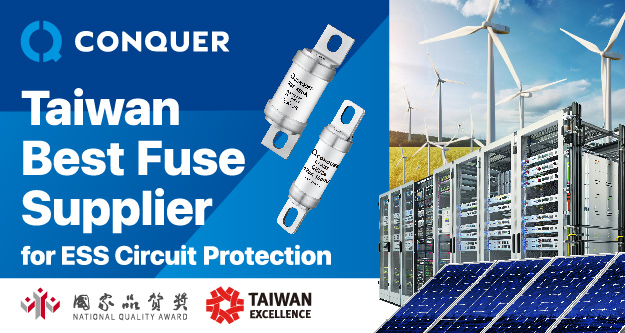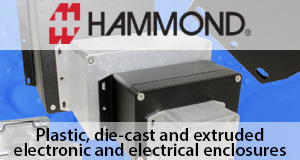The rise of pollution and energy consumption has led to the emergence of environmentally conservative alternatives. This calls for a balanced mix of energy sources in order to attain an equilibrium, especially in emerging nations. Developed using the “fuel of the future”, hydrogen fuel cell vehicles draw their power from hydrogen rather than drawing it all from electricity. Unlike conventional vehicles, which run on gasoline or diesel, fuel cell vehicles combine oxygen and hydrogen to generate electricity. Operated on the fuel cell technology, these vehicles are proving themselves by being implemented in passenger cars, commercial cars, and buses & coaches. The technology transforms chemical energy into electrical energy. Lesser pollutants, less noise, and next-to-zero carbon emissions are some of the major benefits put forward by the fuel cell technology. It has been estimated that by 2050, Europe’s hydrogen fuel will account for approximately 24% of the total regional energy consumption as per the R&D initiatives reported by The Fuel Cells and Hydrogen Joint Undertaking (FCH JU). Commercial vehicles and heavy duty machines equipped with fuel cells are set to become an elemental part of the future transportation and infrastructure. Keeping these aspects in mind, Fortune Business Insights estimates the market to touch USD 16499.7 million by 2032.
Decarbonizing Transportation by Seizing the Potential of Hydrogen
Various issues related to the environment, such as ocean acidification, global warming, air pollution, and other issues, need timely addressing. Hydrogen fuel cell vehicles are getting attention as they emit zero water vapor while being used. These vehicles decarbonize transportation, which ultimately cools down the power and heating. Hydrogen, when injected into a fuel cell, can power trucks and vehicles without the release of harmful gasses into the environment. They have the capability to convert energy into electricity more efficiently.
On top of that, hydrogen fuel cell vehicles accommodate longer distances with minimum refueling, making them ideal for heavy-weight vehicles such as trucks, trailers, and buses, traveling hundreds of miles of distances. Burning fossil fuels and greenhouse gasses and harmful gasses released from burning them has propelled the government to take the necessary steps. In 2018, the U.K. metropolitan police successfully added 21 hydrogen fuel cell vehicles of Toyota Mirai to their response team.
Zero Tailpipe Pollution Contributing to the Demand for Cleaner Energy Sources
The transportation sector contributes highly to today’s carbon emissions; vehicle emissions over time have been degrading the quality of air. Compared to combustion engines, fuel cells have zero carbon emissions and zero harmful tailpipe emissions as they emit only water. Transportation has been growing at an extremely rapid pace with the trend and inclination towards clean transport and countries investing in an emission-free environment. In 2021, according to a survey by Global Energy Review- Analysis by the U.S. International Energy Agency, it has been stated that carbon emissions in the European Union were 2.4% lower compared to 3% in 2010. Government regulations and the need for cleaner sources of energy strengthen the need for a proper energy infrastructure. Better fuel efficiency and adoption of zero-emission equipment will push the demand for fuel cells for CHP applications.
Leveraging Governmental Funding for Robust Refueling Infrastructure
One of the defining features of hydrogen fuel cell vehicles is easy refueling. It is very similar to how a conventional car or truck gets refueled. The newer models of hydrogen fuel cells take less than 10 minutes to fill with pressurized hydrogen. This calls for a robust refueling infrastructure that is more cost-effective than their battery counterparts. Governmental funding for the development and installation of hydrogen fueling stations is taking the front seat. Funding furnished by governments worldwide is set to push the purchase of fuel cell vehicles.
Asia Pacific is at the Forefront with Robust Government Support
Fuel cell powered vehicle fleet enables the higher range, great payload, and quick refueling. In terms of vehicle types, sales and use of passenger cars have been on the rise, with rising sales in Japan and South Korea. Asia Pacific leads with the government’s efforts to uplift the use of fuel cell vehicles in Japan and the deployment and manufacturing of fuel cell cars in South Korea. Governments have been ramping up their subsidies so as to encourage people to buy clean fuel vehicles. China has also steadily promoted the adoption of clean energy automobiles with its aim to deploy 50,000 FC vehicles on its roads by 2025. North America has also been increasing its investments in the installation of fuel cells, and the U.S. taking the spotlight in the region.
Driving the Change with Successful Fuel Cell Vehicles on Roads
Industry titans of the fuel cell vehicle industry are launching vehicles installed with state-of-the art technologies. Three behemoths of the automotive industry, Honda, Hyundai, and Toyota, have been working and launching fuel cell vehicles in the market. Toyota has been working on hydrogen buses, commuter cars, and heavy-duty trucks. BMW has been in this game with their i Hydrogen NEXT concept car and 1 Series Fuel cell hybrid electric. Hyundai with its NEXO, N Vision 74, and XCIENT Fuel Cell.
- Toyota has been working on fuel cell vehicles since 1992 and is now stead-fast in developing theirs. In 2014, the company unveiled the Toyota Mirai, which was the first of its kind to achieve a milestone in sustainability and showcase the potential of hydrogen fuel cells. In 2021, Toyota also introduced GR Haris H2, which is an advanced hydrogen-powered fuel cell concept car
- BMW is also set to introduce its next focus; BMW iX5 Hydrogen is on the road for its trial. It has the power of hydrogen to address the limitations associated with EV infrastructure and range.
- In 2018, Hyundai Motor Company introduced its first fuel cell vehicle SUV called NEXO Fuel Cell. With its fifth year in continuous production, NEXO has fully eliminated tons of carbon emissions. The company is all set with its plan to upgrade NEXO in 2024. About 8,500 NEXOs were shipped in 2021, and the number is set to increase in the coming years.
- In 2022, Honda announced its plans for electrification by producing fuel cell vehicles with a plug-in hybrid CR-V.
Evolving Future of Fuel Cells for an Electrified and Sustainable Future
Fuel cells have been around for quite some time, and they have yet to achieve their full potential. The future of green technology puts a spotlight on hydrogen fuel cells. As technology advances, so does the development and adoption of the same. In the future, fuel cell vehicles are set to have their maximum efficiency in the coming years. Scientists all over the world have been exploring to enhance the performance of hydrogen fuel cells by focusing on their durability and performance. Optimizing catalysts and electrode materials to heighten the electrochemical reactions to maximize the electrical power and yield more productive results. They have been exploring new designs and materials to upgrade their performance and durability. Hydrogen has been, for quite some time, labeled as a clean fuel, which makes it a viable solution for various needs.
















